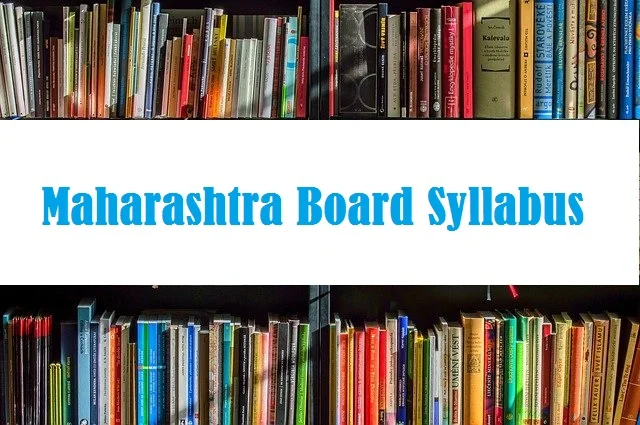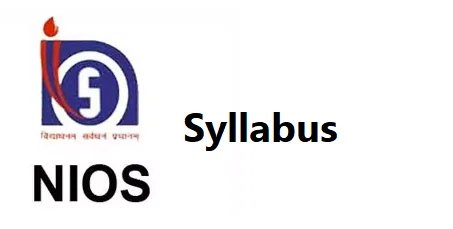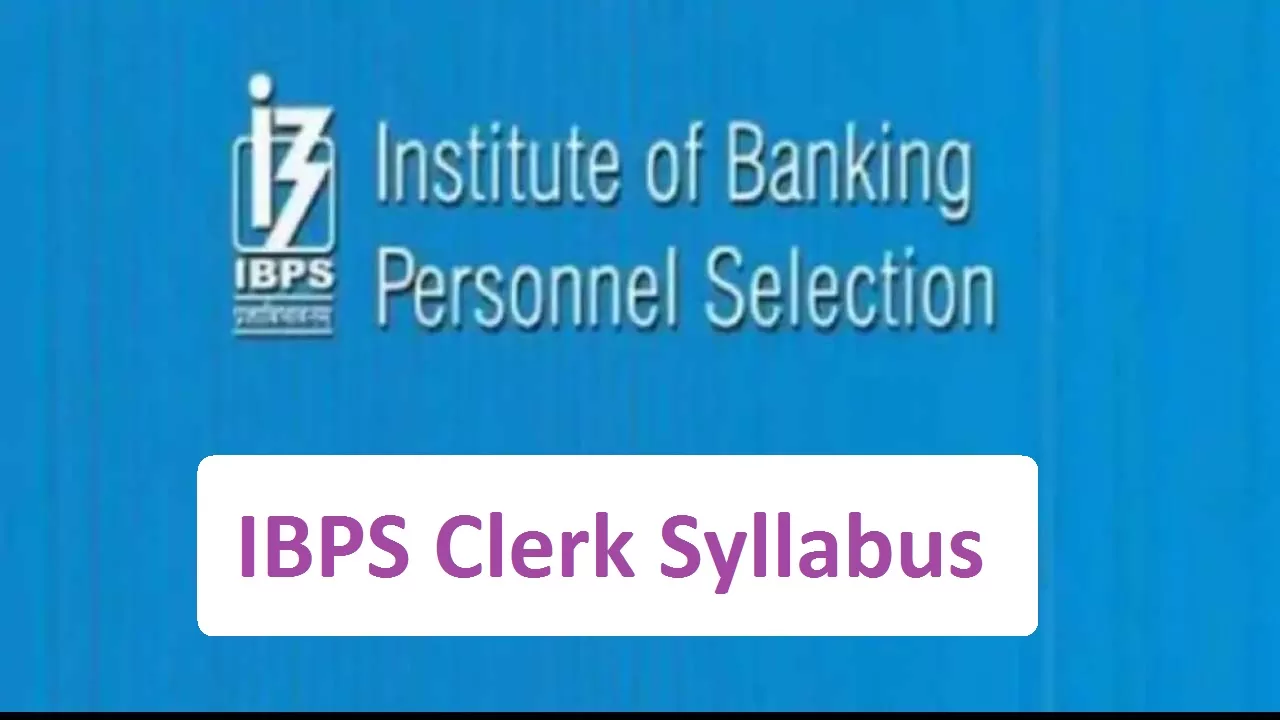Maharashtra Board HSC Physics Syllabus 2024-25

Students appearing for Maharashtra board HSC exam for the academic session 2024-25 can check the full syllabus of Physics from this post. We have also provided the link to download Maharashtra Board class 11 and 12 Physics syllabus PDF.
All the units of the subject from NCERT curriculum are divided into two years conveniently in Maharashtra State. If you have any related concern then you may share it through the comment box below.
Maharashtra Board HSC Physics Syllabus 2024-25
Furnished below is the Maharashtra Board class 11 and 12 syllabus for Physics, have a look:
Class 11 Physics Syllabus
- Measurements
Introduction, Need for measurement, Units for measurement, System of Units,
S.I. Units, Fundamental and derived units, Dimensional analysis, Order of magnitude and significant figures, Accuracy and errors in measurement.
- Scalars and Vectors
Addition and subtraction of vectors, Product of vectors.
- Projectile motion
Uniformly accelerated motion along straight line, Non uniform motion, Position time graph and velocity-time graph, Equation of a projectile path, Time of flight, Horizontal range, Maximum height of a projectile, Relative velocity.
4. Force
Types of forces, General idea of gravitation, electromagnetic and nuclear forces, Law of conservation of momentum, Work done by a variable force. Work- energy theorem, Elastic and inelastic collisions in one and two dimensions, Inertial and non-intertial frames, Moment of force, Couple and properties of couple, Centre of mass, Centre of gravity, Conditions of equilibrium of a rigid body.
5. Friction in solids and liquids
Origin and nature of frictional forces, Laws of static friction, Laws of kinetic friction, Pressure due to fluid column, Pascal’s Law and its applications, Effect of gravity on fluid pressure, Viscosity, Streamline flow, Turbulent flow, Viscous force, Newton’s formula, Stokes’ law, Equation for terminal velocity, Raynold’s number, Bernoulli’s principle and its applications.
6. Sound Waves
Waves and oscillations, Progressive waves, Characteristics of transverse waves, Characteristics of longitudinal waves, Sound as longitudinal wave motion, Relation between v, f and, l Newton’s formula for velocity of sound, Laplace’s correction.
7. Thermal properties of matter
Temperature and heat, Measurement of temperature, Ideal-gas equation and absolute temperature, Thermal expansion, Specific heat capacity, Calorimetry, Change of state, Latent heat, Heat transfer.
8. Refraction of Light
Refraction of monochromatic light, Snell’s law, Total internal reflection, Critical angle, Optical fibre, Dispersion of light, Prism formula, Angular dispersion and dispersive power, Rainbow, Scattering of light, Blue colour of sky, Colour of sun at sunrise and sunset. Elementary idea of Raman effect.
9. Ray optics
Reflection of light by spherical mirrors, Refraction at single curved surface, Lens maker’s equation, Combination of thin lenses in contact, Concept of conjugate focii, Correction of eye defects, Magnifying power of simple microscope, Magnifying power of compound microscope, Magnifying power of telescope, Reflecting telescope – schematic diagram with explanation.
10. Electrostatics
Frictional electricity, Charges and their conservation, Coulomb’s law and dielectric constant, Forces between multiple electric charges, Superposition principle of forces, Continuous distribution of charges, Concept of charge density, Electric field intensity, Potential energy, Electric potential due to point charge, Relation between electric field intensity and potential, Potential difference, Volt and electron volt, Electric dipole and dipole moment, Electric lines of force. Equipotential surfaces, P.E. of single charge and system of charges.
11. Current electricity
Ohm’s law, Resistance, Specific resistance, Temperature dependence of resistance, Colour code of carbon resistor, Series and parallel combination of resistors, E.M.F. and internal resistance of cell, Work done by electric current, Power in electric circuit, Cells in series and in parallel, Elementary idea of secondary cells.
12. Magnetic effect of electric current
Oersted’s experiment, Biot Savart’s law, Right hand rule, Magnetic induction at the centre of circular coil carrying current, Magnetic induction at a point along the axis of a coil carrying current, Fleming’s left hand rule, Force between two infinitely long current carrying parallel conductors, Definition of Ampere, Force acting on a conductor carrying current in magnetic field, Torque on a current loop in magnetic field.
13. Magnetism
Origin of magnetism due to moving charges, Equivalence between magnetic dipole and circular coil carrying current, Definition of magnetic dipole moment and its unit, Torque acting on a magnet in uniform magnetic induction, Bar magnet as an equivalent solenoid, Magnetic field lines, Magnetic induction due to bar magnet at a point along the axis and at a point along equator, Earth’s magnetic field and magnetic elements, Electromagnets and factors affecting their strength.
14. Electromagnetic waves
Electromagnetic waves and their characteristics, Transverse nature of electromagnetic waves, Electromagnetic spectrum, Space communication, Propagation of electromagnetic waves in atmosphere.
Class 12 Physics Syllabus
1. Circular motion
Angular displacement, Angular velocity and angular acceleration, Relation between linear velocity and angular velocity, Uniform circular motion, Radial acceleration, Centripetal and centrifugal forces, Banking of roads, Vertical circular motion due to earth’s gravitation, Equation for velocity and energy at different positions of vertical circular motion. Kinematical equations for circular motion in analogy with linear motion.
2. Gravitation
Newton’s law of gravitation, Projection of satellite, Periodic time, Statement of Kepler’s laws of motion, Binding energy and escape velocity of a satellite, Weightlessness condition in orbit, Variation of ‘g’ due to altitude, lattitude, depth and motion, Communication satellite and its uses.
3. Rotational motion
Definition of M.I., K.E. of rotating body, Rolling motion, Physical significance of M.I., Radius of gyration, Torque, Principle of parallel and perpendicular axes, M.I. of some regular shaped bodies about specific axes, Angular momentum and its conservation.
4. Oscillations
Explanation of periodic motion, S.H.M., Differential equation of linear S.H.M. Projection of U.C.M. on any diameter, Phase of S.H.M., K.E. and P.E. in S.H.M., Composition of two S.H.M.’s having same period and along same line, Simple pendulum, Damped S.H.M.
5. Elasticity
General explanation of elastic property, Plasticity, Deformation, Definition of stress and strain, Hooke’s law, Poisson’s ratio, Elastic energy, Elastic constants and their relation, Determination of ‘Y’, Behaviour of metal wire under increasing load, Applications of elastic behaviour of materials.
6. Surface tension
Surface tension on the basis of molecular theory, Surface energy, Surface tension, Angle of contact, Capillarity and capillary action, Effect of impurity and temperature on surface tension.
7. Wave motion
Simple harmonic progressive waves, Reflection of transverse and longitudinal waves, Change of phase, Superposition of waves, Formation of beats, Doppler effect in sound.
8. Stationary waves
Study of vibrations in a finite medium, Formation of stationary waves on string, Study of vibrations of air columns, Free and Forced vibrations, Resonance.
9. Kinetic theory of gases and Radiation
Concept of an ideal gas, Assumptions of kinetic theory, Mean free path, Derivation for pressure of a gas, Degrees of freedom, Derivation of Boyle’s law, Thermodynamics- Thermal equilibrium and definition of temperature, 1st law of thermodynamics, 2nd law of thermodynamics, Heat engines and refrigerators, Qualitative idea of black body radiation,Wein’s displacement law, Green house effect, Stefan’s law, Maxwell distribution, Law of equipartition of energy and application to Specific heat capacities of gases.
10. Wave theory of light
Wave theory of light, Huygens’ Principle, Construction of plane and spherical wave front, Wave front and wave normal, Reflection at plane surface, Refraction at plane surface, Polarisation, Polaroids, Plane polarised light, Brewster’s law, Doppler effect in light.
11. Interference and diffraction
Interference of light, Conditions for producing steady interference pattern, Young’s experiment, Analytical treatment of interference bands, Measurement of wavelength by biprism experiment, Diffraction due to single slit, Rayleigh’s criterion, Resolving power of a microscope and telescope, Difference between interference and diffraction.
12. Electrostatics
Gauss’ theorem proof and applications, Mechanical force on unit area of a charged conductor, Energy density of a medium, Dielectrics and electric polarisation, Concept of condenser, Capacity of parallel plate condenser, Effect of dielectric on capacity, Energy of charged condenser, Condensers in series and parallel, van-de- Graaff generator.
13. Current electricity
Kirchhoff’s law, Wheatstone’s bridge, Meter bridge, Potentiometer.
14. Magnetic effects of electric current
Ampere’s law and its applications, Moving coil galvanometer, Ammeter, Voltmeter, Sensitivity of moving coil galvanometer, Cyclotron.
15. Magnetism
Circular current loop as a magnetic dipole, Magnetic dipole moment of revolving electron, Magnetisation and magnetic intensity, Diamagnetism, Paramagnetism, Ferromagnetism on the basis of domain theory, Curie temperature.
16. Electromagnetic inductions
Laws of electromagnetic induction, proof
of, e = – dØ/dt
Eddy currents, Self induction and mutual induction, Need for displacement current, Transformer, Coil rotating in uniform magnetic induction, Alternating currents, Reactance and impedance, LC oscillations (qualitative treatment only) Power in a.c circuit with resistance, inductance and capacitance, Resonant circuit, Wattless current, AC generator.
17 Electrons and photons
Photoelectric effect, Hertz and Lenard’s observations, Einstein’s equation, Particle nature of light.
18 Atoms, Molecules and Nuclei
Alpha particle scattering experiment, Rutherford’s model of atom. Bohr’s model, Hydrogen spectrum, Composition and size of nucleus, Radioactivity, Decay law, mass- energy relation, mass defect, B.E. per nucleon and its variation with mass number, Nuclear fission and fusion, de Broglie hypothesis, Matter waves – wave nature of particles, Wavelength of an electron, Davisson and Germer experiment, Continuous and characteristics X-rays.
19 Semiconductors
Energy bands in solids, Intrinsic and extrinsic semiconductors, P-type and N- type semiconductor, P-N junction diode, I-V characteristics in forward and reverse bias, Rectifiers, Zener diode as a voltage regulator, Photodiode, Solar cell, I-V characteristics of LED, Transistor action and its characteristics, Transistor as an amplifier (CE mode), Transistor as a switch, Oscillators and Logic gates (OR, AND, NOT, NAND, NOR)
20 Communication systems
Elements of communication system, bandwidth of signals, bandwidth of transmission medium, Need for modulation, Production and detection of an amplitude modulated wave, space communication, Propagation of electromagnetic waves in atmosphere.
Check: Maharashtra board HS chemistry syllabusf
Class 11 Practices
- Use of Vernier
- Use of Screw
- To determine radius of curvature of a given spherical surface by a
- To find the weight of a given body using parallelogram law of
- To study the relationship between force of limiting friction and normal reaction and to find co-efficient of friction between a block and a horizontal
- To determine resistance per cm of a given wire by plotting a graph of potential difference versus
- To find the value of ‘v’ for different values of ‘u’ in case of a ‘concave mirror and to find the focal
- To find the focal length of a convex lens by plotting graphs between ‘u’ and
‘v’or between ‘1/u’ and ‘1/v’.
- To find the focal length of a convex mirror, using a convex
- To find the focal length of a concave lens, using a convex
- To determine angle of minimum deviation for a given prism by plotting a graph between angle of incidence and angle of deviation.
- To determine refractive index of a glass using a travelling
- To find refractive index of a liquid by using (i) concave mirror, (ii) convex lens and plane
- To determine specific heat capacity of a given (i) liquid (ii) solid, by method of mixtures.
Class 11 List of Activities
- To make a paper scale of given least count, g. 0.2 cm, 0.5 cm.
- To determine mass of a given body using a meter scale by principle of
- To plot a graph for a given set of data,
with proper choice of scales and error bars.
- To measure the force of limiting friction for rolling of a roller on a horizontal
- To study the variation in range of a jet of water with angle of
- To measure resistance, voltage (AC/DC), current (AC) and check continuity of a given circuit using
- To observe refraction and lateral deviation of a beam of light incident obliquely on a glass
- To study the nature and size of image formed by (i) convex lens (ii) concave mirror, on a screen by using a candle and a screen (for different distances of the candle from the lens/mirror).
- To obtain a lens combination with the specified focal length by using two lenses from the given set of
- To note the change in level of liquid in a container on heating and interpret the
Class 12 Practicals
- To determine Young’s modulus of elasticity of the material of a given
- To find the force constant and effective mass of helical spring by plotting T2–m graph using method of
- To determine the surface tension of water by capillary rise
- To study the relationship between the temperature of a hot body and time by plotting a cooling
- To study the relation between frequency and length of a given wire under constant tension using
- To study the relation between the length of a given wire and tension for constant frequency using
- To find the speed of sound in air at room temperature using a resonance
- To find resistance of given wire using metre bridge and hence determine the specific resistance of its
- To verify the laws of combination (series/ parallel) of resistances using a metre
- To compare the emf of two given cells using
- To determine the internal resistance of given cell using
- To determine resistance of galvanometer using metre
- To draw the I-V characteristic curves of a p-n junction diode in forward bias and reverse
- To study the characteristics of a common- emitter npn or pnp transistor and to find out the values of current and voltage
- To draw the characteristic curve of a zener diode and to determine its reverse break down
Class 12 List of Activities
- To study dissipation of energy of a simple pendulum by plotting a graph between square of amplitude and
- To study the effect of detergent on surface tension by observing capillary
- To study the factors affecting the rate of loss of heat of a
- To study the effect of load on depression of a suitably clamped meter scale loaded
- at its end (ii) in the
- To measure the resistance and impedance of an inductor with or without iron
- To study the variation in potential drop with length of a wire for a steady
To draw the diagram of a given open circuit comprising at least a battery, resistor/ rheostat, key, ammeter and voltmeter. Mark the components that are not connected in proper order and correct the circuit and also the circuit diagram.
- To study effect of intensity of light (by varying distance of the source) on an D.R.
- To identify a diode, an LED, a transistor, and 1C, a resistor and a capacitor from mixed collection of such
- Use of multimeter to (i) identify base of transistor (ii) distinguish between npn and pnp type transistors, (iii) see the unidirectional flow of current in case of a diode and an LED (iv) check whether a given electronic component (e.g. diode, transistor or IC) is in working
- To observe polarization of light using two
To assemble a household circuit comprising three bulbs, three (on/off) switches, a fuse and a power source.
Download- Maharashtra Board HSC Physics Syllabus



